I WANT
RELATED LINKS
I WANT
RELATED LINKS
RELATES LINKS
I WANT
RELATES LINKS
Services
Related Links
Use and Management of Cookies
We use cookies and other similar technologies on our website to enhance your browsing experience. For more information, please visit our Cookies Notice.
- Personal Banking
- Stories & Tips
- BUSINESS MAKER
- Leveraging Thai SMEs with Innovation
- Personal Banking
- ...
- Leveraging Thai SMEs with Innovation
Leveraging Thai SMEs with Innovation
30-11-2020
How to empower SME business competition in the digital era to enhance strength, sustainability, and exponential growth. Taking innovation to change the organization is a secret weapon that can bring Thai SMEs to a leap jump. Siam Commercial Bank incorporated with National Innovation Agency (NIA) arranged the “NIA-SCB Innovation Based Enterprise #2” (IBE) training course for SME 41 entrepreneurs in both production and service business, to empower the competition and build a network to drive the economics nationwide. Dr. Suriya Lertwatanapongchai, the Course Director, presented the framework to develop innovation as a major principle to improve and solve SME problems.
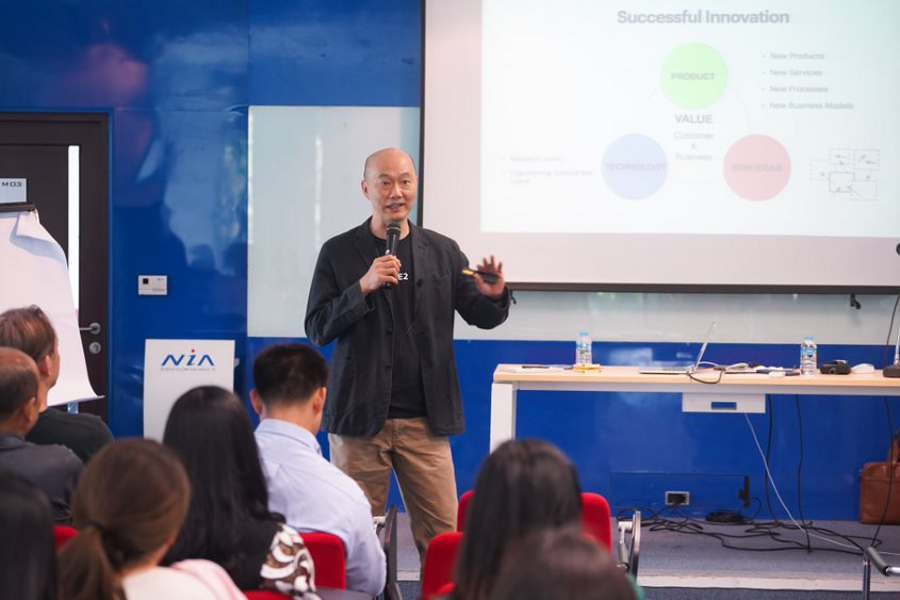
Uphold innovation to drive business
Dr. Suriya said that Innovation is a new invention or changing from the original. Therefore, successful innovation will create value for both customers and businesses. Innovation consists of 3 functions; 1. New Ideas 2. Technology and 3. Product, and is divided into different categories; 1. New Products 2. New Services 3. New Processes and 4. New Business Models such as food ordering platforms, etc.
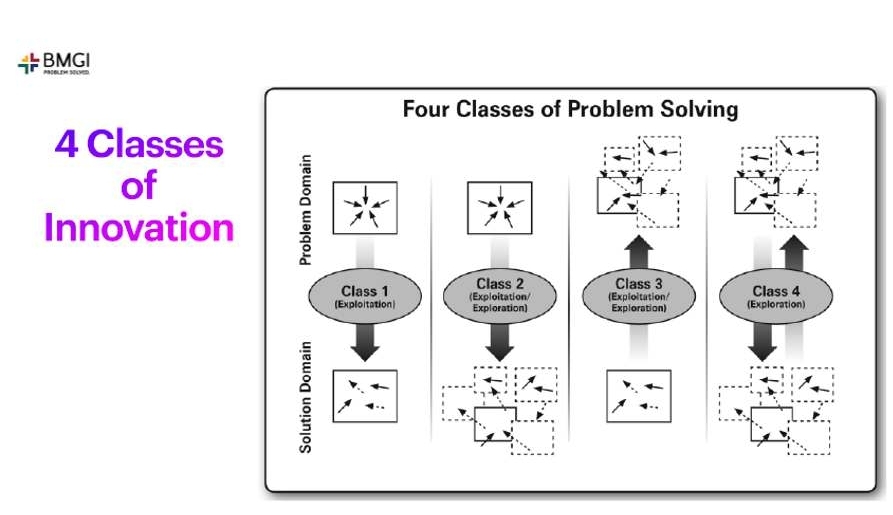
The concept of innovation to solve problems are classified as Problem Domain: customer problems or market demand, and Solution Domain: problem solutions which include 4 levels:
- Class 1: Exploitation is to find existing solutions and adjust them to utmost benefit. It’s a low investment as old resources can be used.
- Class 2: Exploitation / Exploration is the same problem but we change the new methods or new production.
- Class 3: Exploitation / Exploration is to use old solutions but find a new application. For example, Post-it used old solutions like the glue that was manufactured but couldn’t be used, and then a new method is introduced to use that glue to produce Post-it products.
- Class 4: Exploration is to conduct research to find the only a solution. For example, to discover technology and share with others such as creating Nano Technologies, and then entrepreneurs can make any use of them.

Besides, SMEs is looking for space for Areas of Improvement in the business for example; 1. Products / Services 2. Process 3. Customer. After that, considering if the outcome is really in line with customer insight which is called Job To Be Done. When customer insight is clarified, find out if your existing products and services provide benefits or features that can solve customer challenges. If not, pick some features from old products and make new improvements, or check competitor’s features and then improve your products. All those processes are called innovation. Here are the samples of Job To Be Done.
Job To Be Done | Old Solution | New Solution |
Drug use | Pills or injections | Transdermal patch |
Teeth cleaning | toothbrush | Automatic toothbrush |
Finding information | library | Internet |
In creating innovation, one must understand the functions of products and services, which can be divided into 2 aspects: Functional Performance and Emotional Performance. Therefore, if selling functional products such as tools, industrial products, it must focus on the application or service by the features of the service that the customer needs, such as speed, accuracy, accuracy, easy problem-solving. While selling Emotional items such as fashion items, cosmetics, and accessories, must focus primarily on Emotional. For example, famous brands of coffee are more Emotional than they are Functional, so they can be sold at a higher price than others.
If you need to find Areas of Improvement from old products or services, it’s important to explore an opportunity and how to create customer satisfaction. The questions to be used in the research comprise 2 issues, 1. What are the things about products or services that matter most to you? 2. How would you rate your satisfaction with the current products or services? After receiving the results, you’ll calculate to find an opportunity and satisfaction.
Opportunity = Important +max [(Importance – Satisfaction), 0]
The formula will help to find an opportunity Grid by looking for a connection between Importance and Customer satisfaction.
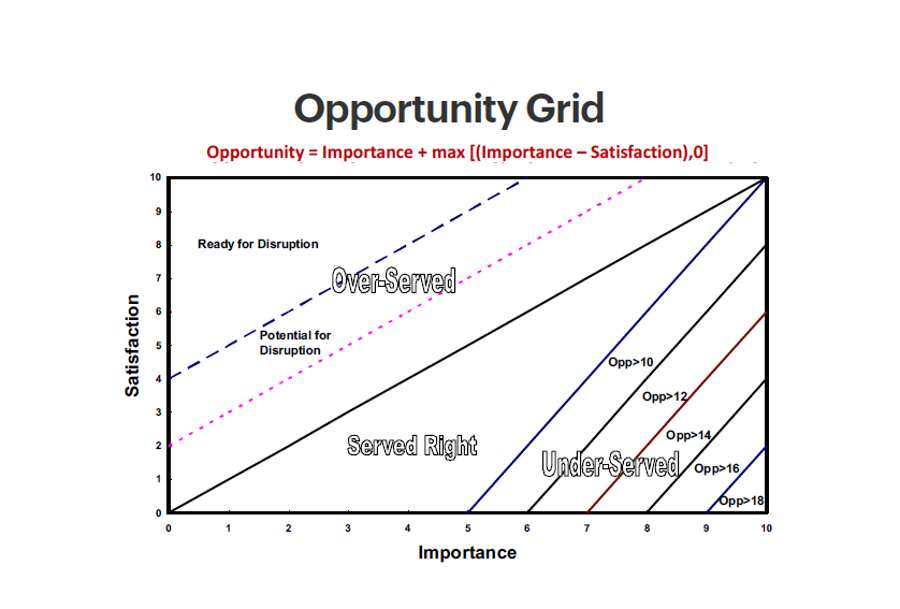
According to the Opportunity Grid table, analyze what is the opportunity to create an innovation. For example, what is important in the eyes of customers but gain little satisfaction, or what makes high satisfaction but is not significant in the eyes of customers because they’re not able to reach your service. If you see the opportunity from those issues, then turn them to innovation.
A coin has 2 sides as well as the business
Dr. Suriya said that the nature of business consists of 2 sides which are 1. Improve existing business to grow profit or make it better by sorting out something and getting rid of something, and 2. Build the future business to emphasize growth and make a difference. For example, Kodak who used to produce photographic film and has later shifted to produce digital camera as the future business.
4 Models to improve the business
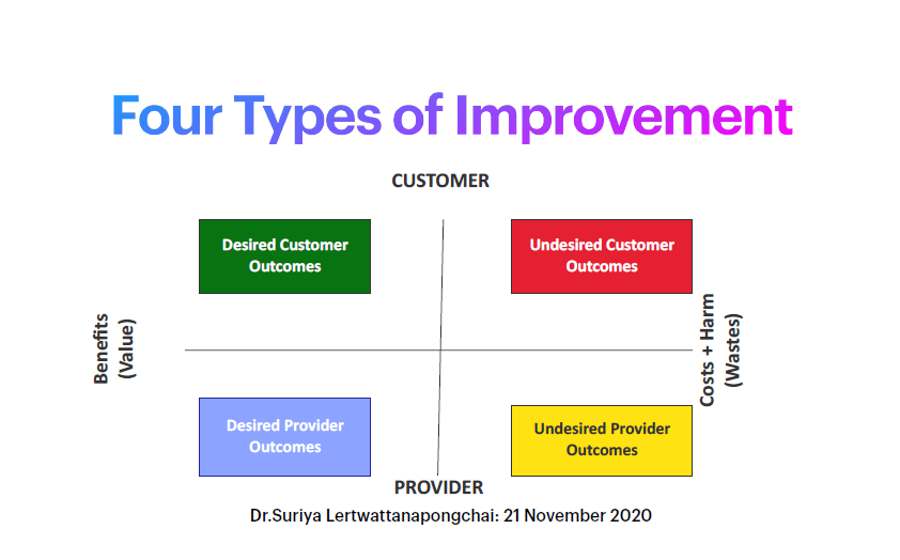
- Desired Customer Outcomes
- Undesired Customer Outcomes
- Undesired Provider Outcomes
- Desired Provider Outcomes
A tool called SIPOC-Map is introduced to improve the business in order to create an innovation. This map helps opening a broad picture of the business and processes so that SMEs can find an opportunity to solve problems and drive innovation at the end.
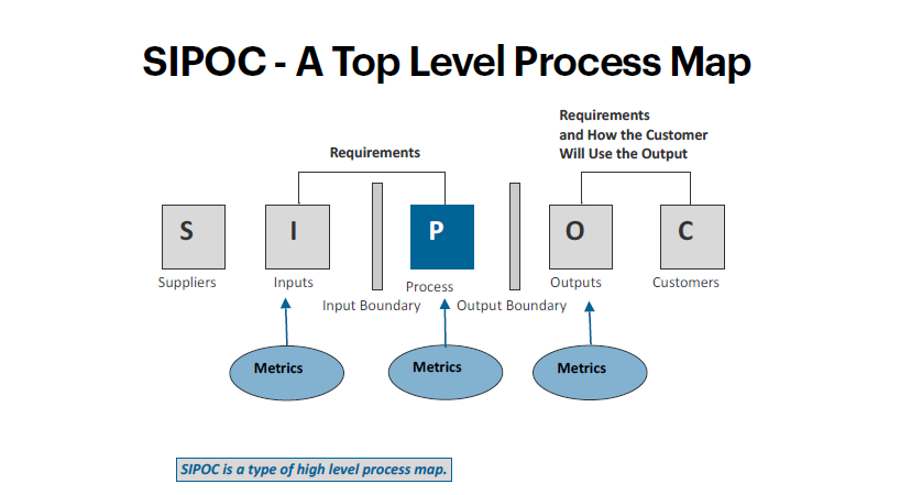
The advantages of SIPOC-Map are 1. See the broad view of all business processes 2. Be able to identify customer needs in each process and how customers get outcomes 3. Be able to identify the suppliers of manufacturing process 4. Be able to point out a demanding gap in each process, and 5. Being a tool to monitor customer needs.
By bringing innovation to solving problems, businesses must fully understand Before taking innovation to be adapted as solutions for business problems, SMEs have to understand each problem and customer needs thoroughly, in order to obtain a new opportunity to create innovation or new process which can reduce business cost and grow more profit, including adding new value to boost sales and increase more marketing opportunities in the future.
Source: NIA-SCB Innovation-Based Enterprise #2 (IBE) Training Course conducted by Dr. Suriya Lertwatanapongchai
www.scb.co.th and https://scbsme.scb.co.th/
Source: NIA- SCB Innovation-Based Enterprise (IBE) Course, Class 2 by Dr. Suriya Lertwattanapongchai Course Director
